The digital art revolution has fundamentally transformed how we create, collect, and trade artistic works. NFT marketplace platforms have emerged as the central hub where non fungible tokens change hands, creating new opportunities for artists, collectors, and investors worldwide. Understanding how these platforms operate becomes crucial for anyone looking to participate in this rapidly evolving digital economy.
Traditional art markets operated through galleries, auction houses, and private dealers for centuries. Today’s NFT marketplace represents a paradigm shift where blockchain technology enables direct peer-to-peer transactions, eliminating intermediaries and democratizing access to digital art ownership. This transformation has created unprecedented opportunities for both established artists and newcomers to monetize their creative work.
Understanding Non Fungible Tokens in Digital Commerce
Non fungible tokens represent unique digital assets that cannot be replicated or exchanged on a one-to-one basis. Unlike cryptocurrencies where each unit holds identical value, NFTs contain distinct characteristics that make them irreplaceable. These digital certificates of ownership are stored on blockchain networks, providing immutable proof of authenticity and ownership for digital creations.
The concept of non-fungibility extends beyond simple ownership verification. Each NFT contains metadata describing its properties, creation date, ownership history, and other relevant information. This comprehensive data structure enables sophisticated trading mechanisms and valuation methods that traditional digital files cannot support. Understanding blockchain technology provides the foundation for comprehending how NFTs maintain their unique properties across different platforms.
Smart contracts govern NFT behavior, automatically executing predefined conditions when specific criteria are met. These programmable agreements enable features like royalty payments to original creators, automated pricing mechanisms, and complex ownership structures. The technical sophistication of NFT infrastructure continues evolving, introducing new possibilities for digital asset management and trading.
Exploring Digital Collectibles and Their Market Value
Digital collectibles represent a broader category encompassing various forms of tokenized digital assets. These items range from virtual trading cards and sports memorabilia to in-game items and digital fashion accessories. The collectibles market has experienced tremendous growth as consumers increasingly value digital ownership and the social status associated with rare digital items.
Rarity mechanics drive much of the value in digital collectibles markets. Limited edition releases, artist collaborations, and historical significance contribute to pricing dynamics. Crypto investment strategies become relevant when evaluating long-term potential of digital collectibles as alternative investment vehicles.
Gaming applications have particularly embraced digital collectibles, creating virtual economies where players can trade valuable in-game assets. These ecosystems demonstrate practical utility for NFTs beyond purely speculative trading, establishing real-world value through gameplay mechanics and community engagement. The intersection of gaming and blockchain technology continues expanding possibilities for digital collectibles applications.
The Rise of Blockchain Art and Creative Expression
Blockchain art represents a revolutionary approach to digital creativity where artistic works are permanently recorded on distributed ledger systems. This technology enables artists to prove authenticity, track ownership history, and receive ongoing royalties from secondary sales. The democratization of art distribution has allowed creators worldwide to reach global audiences without traditional gatekeepers.
Established artists have embraced blockchain technology to explore new creative mediums and monetization strategies. Digital-native artists have built entire careers around NFT creation, developing unique aesthetic styles specifically suited to blockchain platforms. The artistic community has responded enthusiastically to the technological possibilities, creating innovative works that push creative boundaries.
Provenance tracking becomes particularly important in blockchain art, where the complete ownership history remains permanently accessible. This transparency helps establish artistic value and provides collectors with confidence in their purchases. Blockchain applications extend far beyond simple ownership verification, enabling complex artistic collaborations and community-driven creation processes.
Major NFT Marketplace Platforms and Their Features
OpenSea dominates the NFT marketplace landscape as the largest and most established platform. Founded in 2017, OpenSea supports multiple blockchain networks and hosts millions of digital assets across various categories. The platform’s user-friendly interface and comprehensive features make it accessible to both newcomers and experienced traders.
Rarible differentiates itself through community governance and creator-focused features. The platform enables artists to mint NFTs directly and provides robust tools for collection management. Rarible’s governance token allows users to participate in platform decisions, creating a more democratic approach to marketplace development.
Specialized platforms cater to specific niches within the NFT ecosystem. NBA Top Shot focuses exclusively on basketball collectibles, while Foundation curates high-quality artistic works. These targeted approaches allow platforms to develop specialized features and communities around particular interests or asset types.
Best NFT Marketplace Selection Criteria
Choosing the right NFT marketplace requires careful consideration of multiple factors including fees, security, user experience, and supported blockchain networks. Transaction costs can significantly impact profitability, especially for smaller trades. Different platforms implement varying fee structures, including listing fees, transaction fees, and royalty percentages.
Security measures vary considerably across platforms. Established marketplaces typically implement comprehensive security protocols including smart contract audits, user verification, and fraud detection systems. Crypto wallet security becomes crucial when selecting compatible platforms for safe NFT trading.
User experience factors include interface design, search functionality, and mobile compatibility. Advanced features like bulk operations, analytics tools, and social features enhance the trading experience for active users. Community aspects such as artist support, educational resources, and networking opportunities contribute to platform value beyond basic trading functionality.
NFT Marketplace Landscape in India
India’s NFT marketplace ecosystem has developed rapidly, with several domestic platforms catering to local artists and collectors. WazirX NFT Marketplace, launched by India’s leading cryptocurrency exchange, provides a familiar platform for Indian users already engaged in crypto trading. The platform supports Indian payment methods and offers customer support in local languages.
Regulatory considerations in India create unique challenges for NFT marketplaces. While NFTs remain legal, the regulatory framework continues evolving. Indian platforms must navigate complex compliance requirements while providing accessible services to domestic users. Understanding cryptocurrency regulations helps users make informed decisions about platform selection.
Cultural factors influence NFT adoption in India, with platforms showcasing local artists and culturally relevant content. Traditional art forms receive digital representation through NFTs, creating new opportunities for cultural preservation and monetization. The intersection of traditional Indian art with modern blockchain technology represents a unique opportunity for cultural innovation.
Crypto Collectibles and Investment Opportunities
Crypto collectibles represent a significant investment category within the broader NFT ecosystem. These digital assets often appreciate in value based on rarity, utility, and community demand. Understanding market dynamics helps investors identify promising opportunities while managing associated risks.
Investment strategies for crypto collectibles differ from traditional asset classes. Factors such as artist reputation, collection size, and historical performance influence pricing. Crypto investment strategies provide frameworks for evaluating potential returns and managing portfolio risk in this emerging asset class.
Market cycles in crypto collectibles often correlate with broader cryptocurrency trends. Bull markets typically drive increased interest and higher prices, while bear markets may present accumulation opportunities. Long-term investors focus on fundamental value drivers rather than short-term price movements.
Polygon NFT Marketplace and Layer 2 Solutions
Polygon-based NFT marketplaces offer significant advantages in terms of transaction costs and speed. Layer 2 scaling solutions address Ethereum’s limitations by providing faster, cheaper transactions while maintaining security. These platforms enable broader participation by reducing barriers to entry for creators and collectors.
Technical advantages of Polygon include sub-second transaction finality and minimal gas fees. These improvements make small-value NFT trading economically viable, expanding market opportunities for emerging artists and collectors. The improved user experience attracts users who might otherwise avoid NFT trading due to high costs.
Interoperability between Polygon and Ethereum allows assets to move between networks as needed. This flexibility provides users with options for optimizing their trading strategies based on current network conditions. Layer 2 blockchain solutions continue evolving to address scalability challenges across the NFT ecosystem.
NFT Trading Strategies and Market Analysis
Successful NFT trading requires understanding market patterns, timing, and valuation metrics. Technical analysis tools help identify trends and potential entry or exit points. Fundamental analysis focuses on artist reputation, collection utility, and long-term value propositions.
Market sentiment significantly influences NFT prices, with social media trends and celebrity endorsements driving demand. Experienced traders monitor these indicators to anticipate market movements. Risk management strategies include diversification across different categories and setting clear profit-taking targets.
Professional traders often specialize in specific niches where they can develop expertise and identify undervalued opportunities. This focused approach allows for better decision-making and more consistent returns. Crypto trading strategies provide frameworks applicable to NFT markets with appropriate modifications.
NFT Marketplace Pricing Mechanisms and Valuation
Pricing in NFT marketplaces occurs through various mechanisms including fixed price sales, auctions, and offers. Each method serves different purposes and appeals to different types of buyers and sellers. Understanding these mechanisms helps participants optimize their trading strategies.
Fixed price listings provide immediate liquidity but may not capture maximum value during high-demand periods. Auctions can drive prices higher through competitive bidding but require active participation and timing. Offer systems enable negotiation and price discovery for unique assets.
Valuation methodologies in NFT markets consider factors such as rarity, artistic quality, historical significance, and utility. Comparative analysis examines similar assets to establish fair market values. The subjective nature of digital art valuation creates opportunities for skilled evaluators to identify undervalued assets.
Legal Framework and Compliance in NFT Trading
Legal considerations in NFT trading encompass intellectual property rights, tax implications, and regulatory compliance. Creators must ensure they hold appropriate rights to tokenize their work, while buyers should verify authenticity and legal ownership. Platform terms of service establish additional obligations for users.
Tax implications vary by jurisdiction but generally treat NFT sales as taxable events. Proper record-keeping becomes essential for compliance with tax reporting requirements. Professional tax advice helps navigate complex regulations and optimize tax efficiency.
Regulatory developments continue evolving globally, with different countries taking varying approaches to NFT regulation. Staying informed about relevant regulations helps traders avoid compliance issues and make informed decisions about platform and asset selection.
Future Trends and Technological Developments
Emerging technologies promise to enhance NFT marketplace functionality and user experience. Integration with virtual and augmented reality creates new possibilities for digital asset display and interaction. Artificial intelligence enables improved curation, recommendation systems, and fraud detection.
Utility-focused NFTs represent a growing trend where tokens provide access to services, experiences, or exclusive content. This evolution beyond pure collectibles creates sustainable value propositions that extend beyond speculative trading. Gaming integration continues expanding possibilities for NFT utility and adoption.
Environmental considerations drive development of more sustainable blockchain solutions. Carbon-neutral and energy-efficient networks address environmental concerns while maintaining security and functionality. These developments support broader adoption by environmentally conscious users and institutions.
FAQ
What is an NFT marketplace?
An NFT marketplace is a digital platform where users can buy, sell, and trade non-fungible tokens. These platforms facilitate peer-to-peer transactions of unique digital assets stored on blockchain networks.
Is NFT legal in India?
Yes, NFTs are currently legal in India. However, the regulatory framework continues evolving, and traders should stay informed about changing compliance requirements and tax implications.
Is NFT money real?
NFTs represent real digital assets with market value, but they are not currency. They function as unique digital certificates of ownership that can be bought and sold for cryptocurrency or fiat money.
Which is the best NFT marketplace?
OpenSea is currently the largest and most established NFT marketplace, but the “best” platform depends on individual needs, including fees, supported blockchains, and specific features required.
How do I choose an NFT marketplace?
Consider factors including transaction fees, security measures, user interface, supported blockchain networks, community features, and payment methods when selecting an NFT marketplace.
What are the risks of NFT trading?
NFT trading involves risks including price volatility, liquidity challenges, platform security issues, regulatory changes, and potential loss of access to digital assets.
Final Thought
The NFT marketplace ecosystem is revolutionizing how we create, trade, and value digital assets. As blockchain technology matures and regulations evolve, these platforms will become more advanced and widely accessible. Success in this space depends on understanding both the tech foundations and the market forces that shape value.
For creators, NFT marketplaces open up new ways to monetize digital art and connect directly with collectors. For investors, they offer access to a new class of assets with unique growth potential. Staying updated on technological advancements and market trends is crucial for anyone involved.
The future of NFT marketplaces will hinge on addressing challenges like scalability, environmental concerns, and regulatory compliance while preserving decentralization and creative freedom. Ongoing innovation will determine whether these marketplaces become mainstream pillars of the digital economy or remain niche platforms.
I’ve also created my own NFT collection — check out my hundreds of artworks here: https://opensea.io/Conquas
SEO Meta Data:
- Primary Keyword: NFT marketplace
- Secondary Keywords: non fungible tokens, digital collectibles, blockchain art, crypto collectibles, nft trading
- Tags: NFT marketplace, non fungible tokens, digital collectibles, blockchain art, crypto collectibles, nft trading, OpenSea, digital assets
- Meta Description: Complete NFT marketplace guide covering non fungible tokens, digital collectibles trading platforms, blockchain art investment opportunities
Image Prompt: Photorealistic digital art marketplace interface showing various NFT collections including digital art, collectibles, and gaming items, with users browsing on modern devices, vibrant colors, futuristic trading environment, blockchain network visualization in background –v 6 –ar 16:9 –q 2 –style raw –chaos 25
Image Properties:
- Alt Text: NFT marketplace interface showing digital collectibles and blockchain art trading
- Title: NFT Marketplace Guide – Digital Collectibles Trading Platform
- Caption: Modern NFT marketplace interface displaying various digital assets and trading options
- Description: Comprehensive view of NFT marketplace features including digital art, collectibles, and blockchain-based trading tools

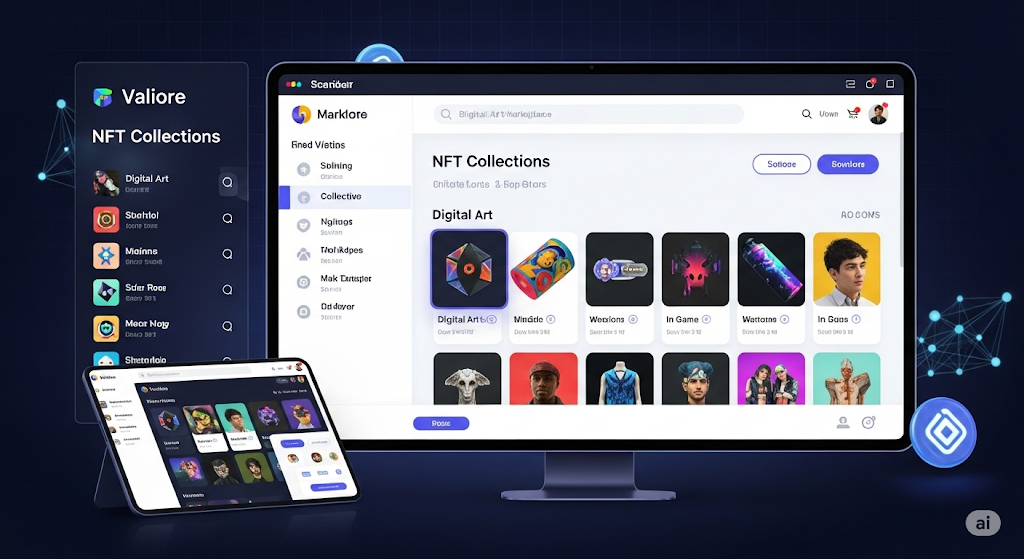



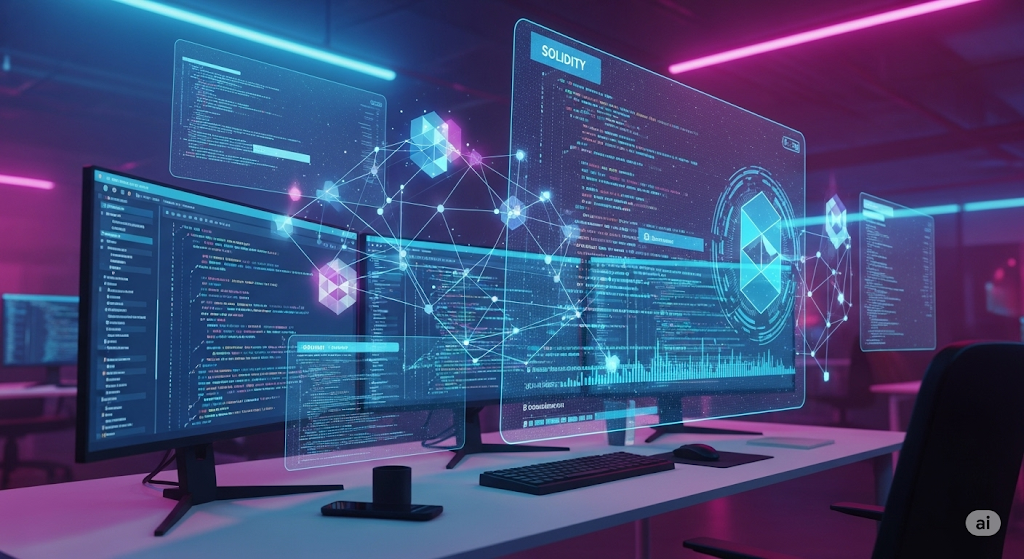

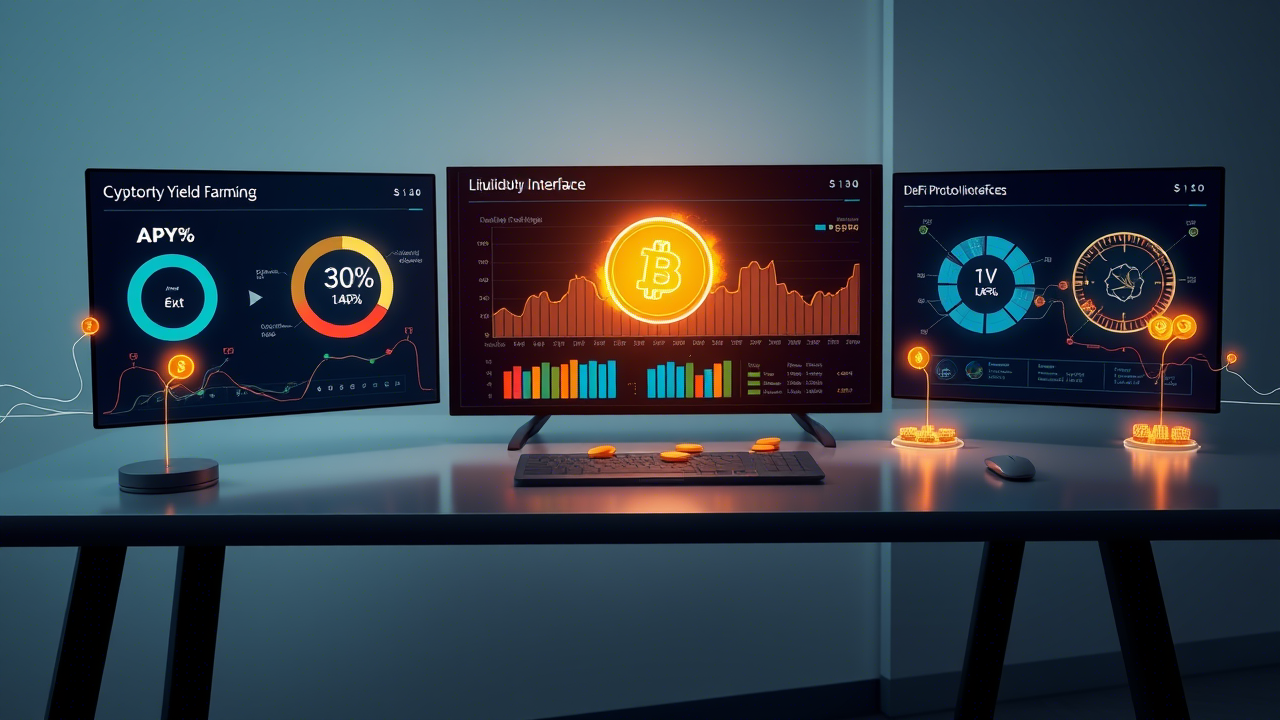
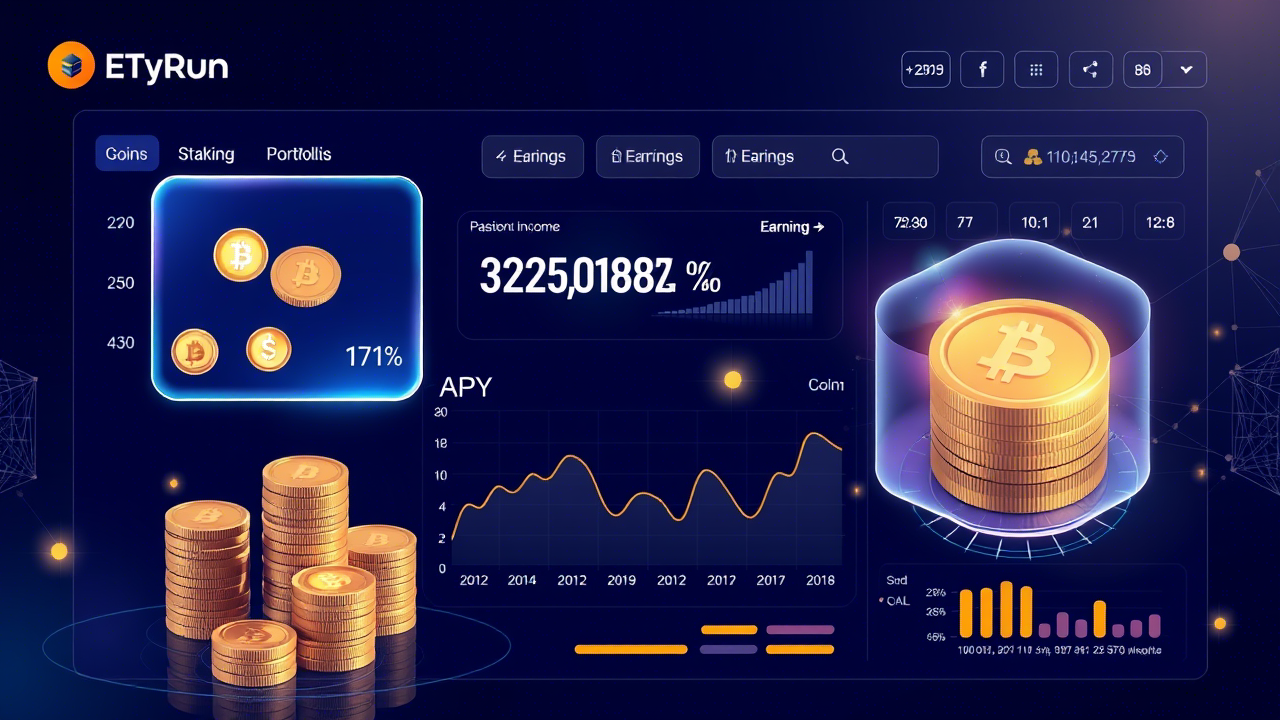

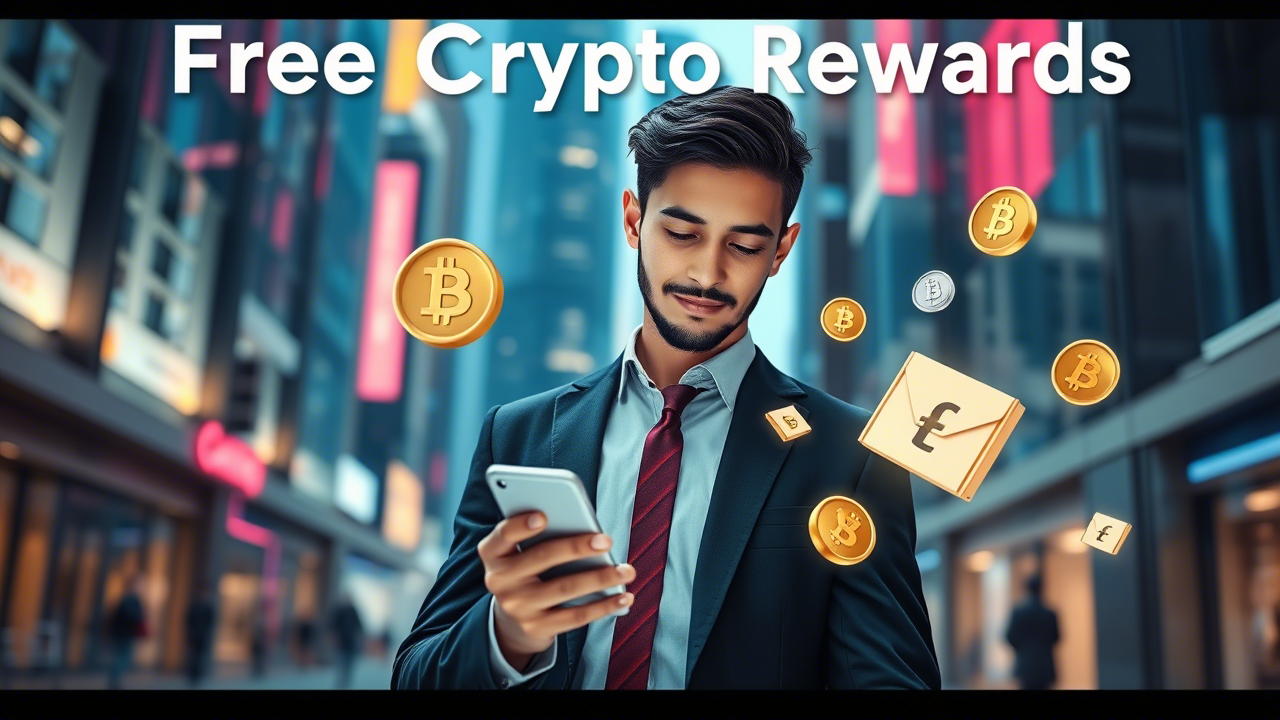
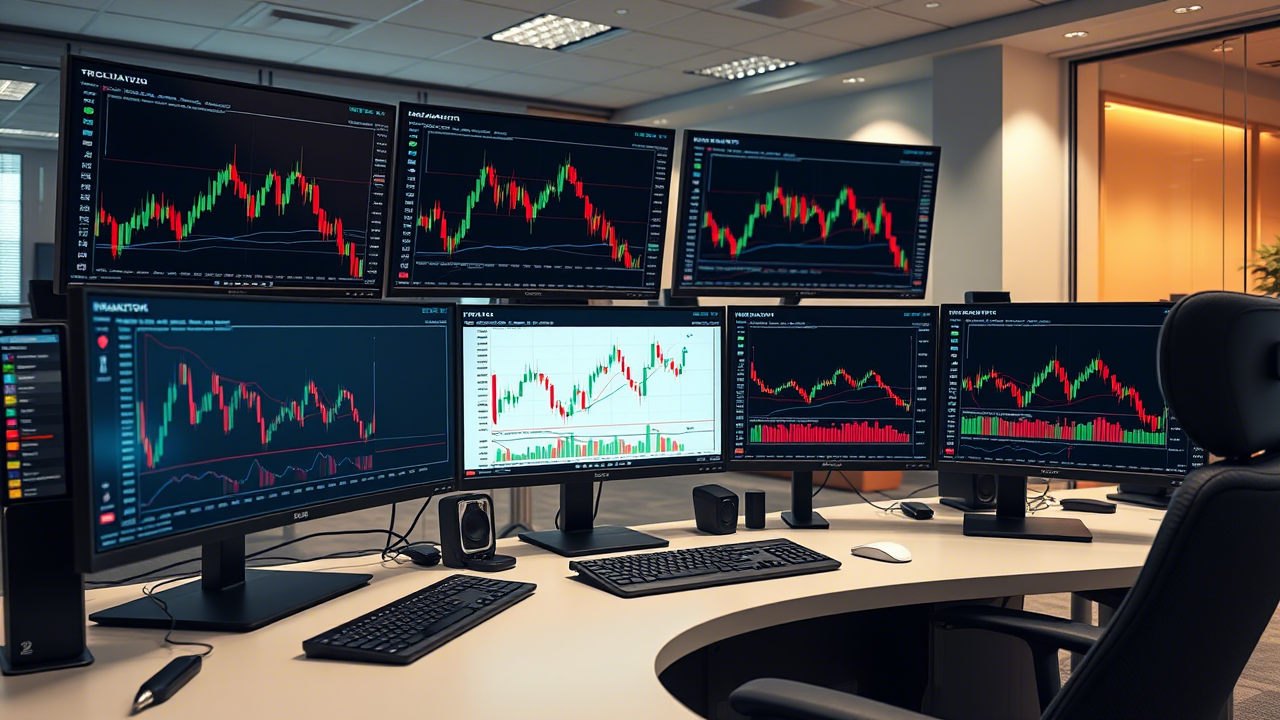
Leave a Reply